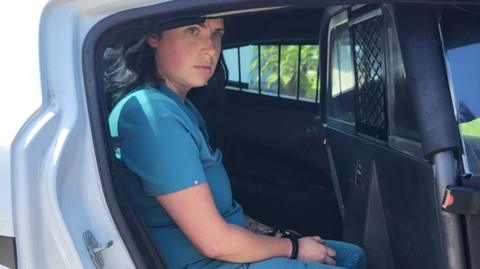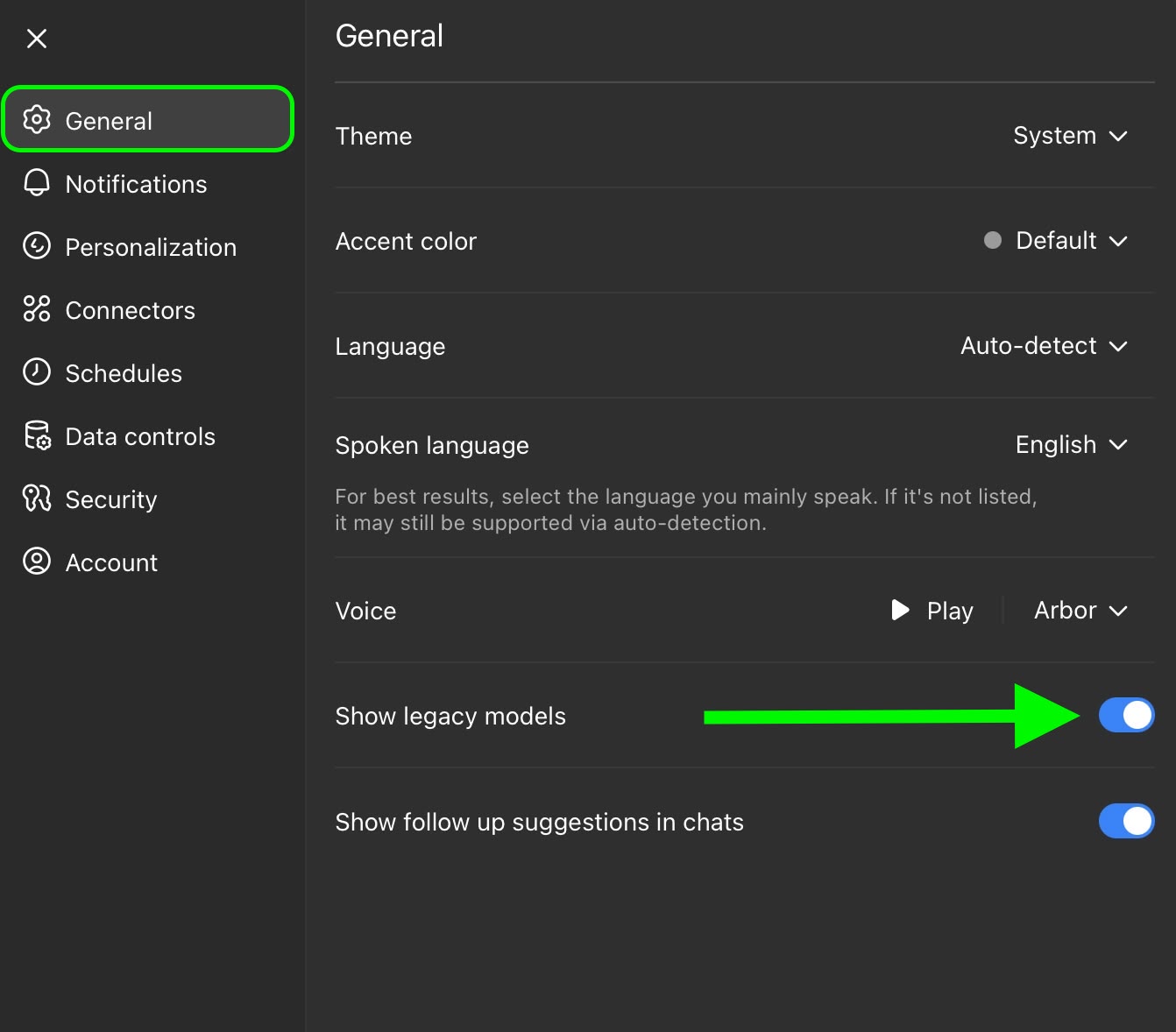Parallel Realities, Dead Babies, and the Circus of Expert Opinions
Hello everyone. Let’s dive straight into this, because nothing screams “light morning reading” quite like a multi-year legal saga involving dead infants, duelling medical theories, and enough ‘expert panel’ bickering to make a congressional hearing look like a speed dating event. Yes, it’s the Lucy Letby case-Britain’s most chilling true-crime soap opera with a supporting cast of neonatologists, pathologists, lawyers, and the occasional mechanical engineer pretending they’ve got the Rosetta Stone for infant pathology.
Two Universes, One Trainwreck
We exist in two parallel political and social universes right now. In Universe A, Letby is the moustache-twirling villain of the neonatal ward, snuffing out tiny lives like an NPC in a horror game with a bugged AI. In Universe B, she’s an innocent caught in the meat grinder of a criminal justice system that took “reasonable doubt” and yeeted it out the nearest window. Both camps look at each other like conspiracy theorists at a UFO convention-each convinced the other is either deluded or deliberately blind.
Her barrister, Mark McDonald, insists he’s assembled the Avengers of paediatric medicine-human scalpels of truth-who claim the evidence doesn’t show murder at all. Of course, the full reports are locked away, creating that delightful transparency-free zone we expect from anyone claiming to have a magic bullet in a courtroom warzone.
Baby O: Murder, Accident, or Procedural Mess?
If you want to watch the whole system fall into narrative chaos, Baby O’s case is Exhibit A. Prosecution said: liver injuries like someone staged a tiny car crash inside the infant. Defence experts said: nah, that doesn’t look like impact trauma-it’s more like something else entirely. And here’s where the theories multiply like Skyrim mod lists-air embolism, accidental liver stab, resuscitation injury, birth trauma. Pick your poison, literally.
The air embolism debate was a masterclass in turning science into courtroom theatre. The prosecution leaned on a 1989 study claiming skin discolouration was a sign. Then, in a twist worthy of a plot DLC, the guy who wrote the damn study pops up on the defence team to say: “Yeah… that’s not actually what we found.” If these were gaming patch notes, we’d call that a stealth nerf of the prosecution’s favourite argument.
The Needle Theory: Drama, Deflection, and Zero consensus
Dr Richard Taylor swung in during a December press conference and dropped a payload: a doctor (who just happened to be a main prosecution witness) accidentally stabbed Baby O’s liver during resuscitation. Sounds dramatic. Headlines love it. But here’s the kicker-Taylor admits he never saw the baby’s medical notes. The prosecution’s pathologist, actual experts on that autopsy, and the paediatric pathologist all say: “Nope, doesn’t match needle injuries.” It’s like accusing someone of friendly fire in a co-op match without actually having watched the replay.
Even Letby’s own panel of experts can’t agree whether this needle theory is the boss fight or just a side quest. One says hyperinflation injuries, another says “could be a needle,” others say birth trauma. No one seems willing to render a consistent final verdict. At this point, the whole defence reads like a chaotic build guide where every expert insists on different gear loadouts.
The Insulin Evidence: The Quiet Sniper in the Case
Then there’s the insulin subplot in cases of Babies F and L. The prosecution claimed blood tests proved deliberate poisoning. The defence said the test was unreliable-except, awkwardly, they admit it’s around 98% accurate. Their other gambit? Claiming results were in “normal premature baby range,” despite mainstream medical opinion saying: “That’s nonsense.” But they won’t share the actual studies. If your evidence is so airtight, why keep it behind lootbox paywalls?
This left us with more unanswered questions than a bad ARG. One side insists: “Proof positive-she’s a killer.” The other side: “But what if the data’s misunderstood?” And dancing between them is the CCRC, holding the save file for the appeal that might reboot the entire case.
The Political Undercurrent
This isn’t just a courtroom brawl; it’s political theatre. It’s about the public deciding whether to trust state machinery when it points the death finger, or whether to believe a growing anti-system chorus claiming misfired justice. In an era where “trust the experts” is a political landmine, this case has turned into the narrative equivalent of a corrupted game file-half the load screens are missing, and no one knows which ending you’re going to get.
Final Verdict (Mine, Not the Court’s)
The Lucy Letby case isn’t a clinical whodunnit; it’s a messy, glitch-ridden trial of competing medical narratives, punctuated by ego duels and PR warfare. On one hand, the prosecution’s case feels like it has its strongest points in the insulin incidents. On the other, the defence is essentially running a ‘throw everything at the wall and see what sticks’ playbook-with some shots hitting, others embarrassingly wide of the target. There’s enough reasonable doubt to make a retrial plausible, but far too much incoherence to crown Letby as the wronged heroine of the system. Right now, this case is less about truth and more about which faction you want to join in this long-running campaign.
Overall impression: Uncertain. Too many moving parts, too little transparency, and way too much grandstanding from both camps to pretend we’re anywhere near game over.
And that, ladies and gentlemen, is entirely my opinion.


Note: The image featuring a group of people in blue shirts likely represents medical or healthcare workers, symbolizing the neonatology teams involved in the Lucy Letby case. The other image showing women holding a ‘Carer’ award highlights themes of nursing and care, reflecting the professions tied to the case.
Article source: Lucy Letby: How the case of one baby death shows flaws in the medical evidence on both sides, https://www.bbc.com/news/articles/cj0y9673rjno



